 Reform Panel
Reform Panel

Reform Panel Overview
1. Offset value
Lets you numerically enter the offset value of the selected markers. Note that negative values are allowed, and push the path in the opposite direction from a positive value.
2. Clipping checkbox
Turns on and off clipping. Clipping is useful when the specified offsets cause the path to cross over itself, by removing those loops:
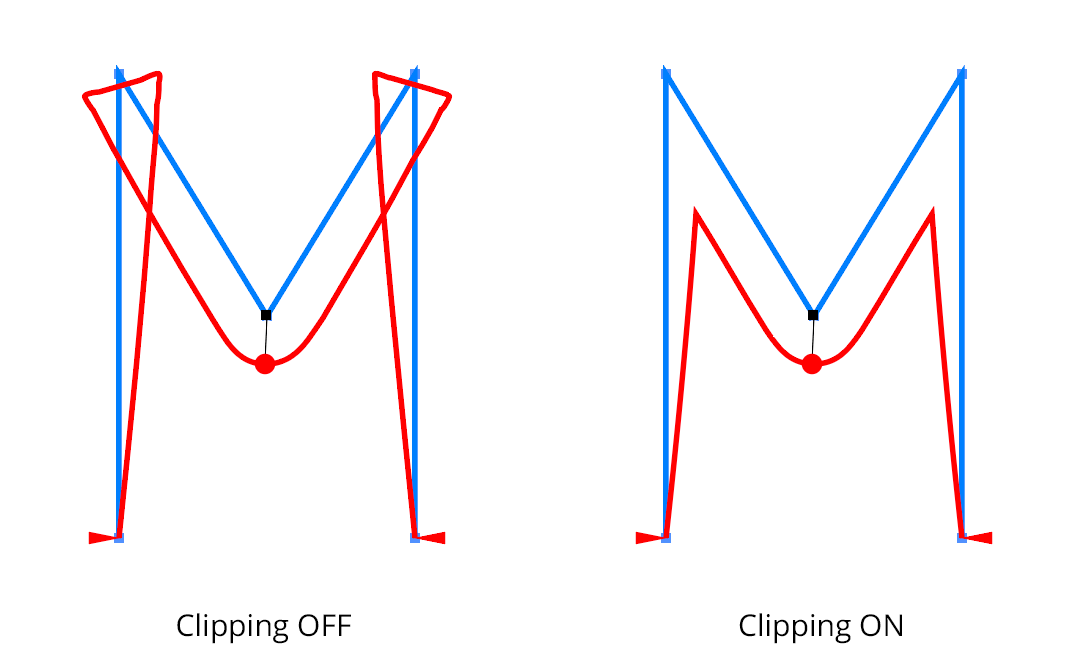
Reform Clipping Paths
3. Corners buttons
When reshaping a path with an abrupt change in path direction, the corner type specifies how the reshaped path bends around the original corner:
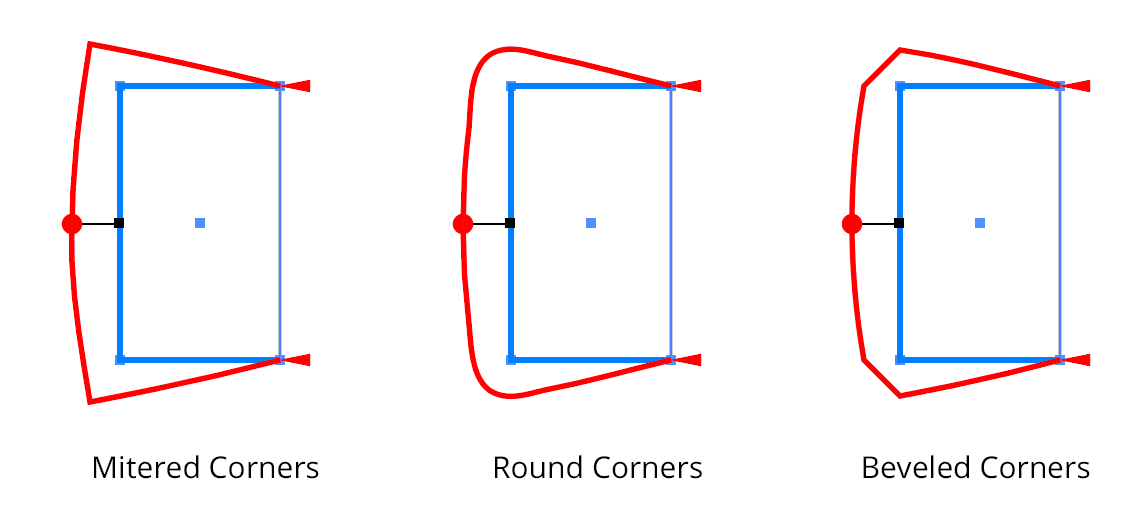
Reform Corner Types
4. Transition checkbox/value
Controls the smoothness of the transition between the original path and its reshaped portion (Off, or values of 1-10):
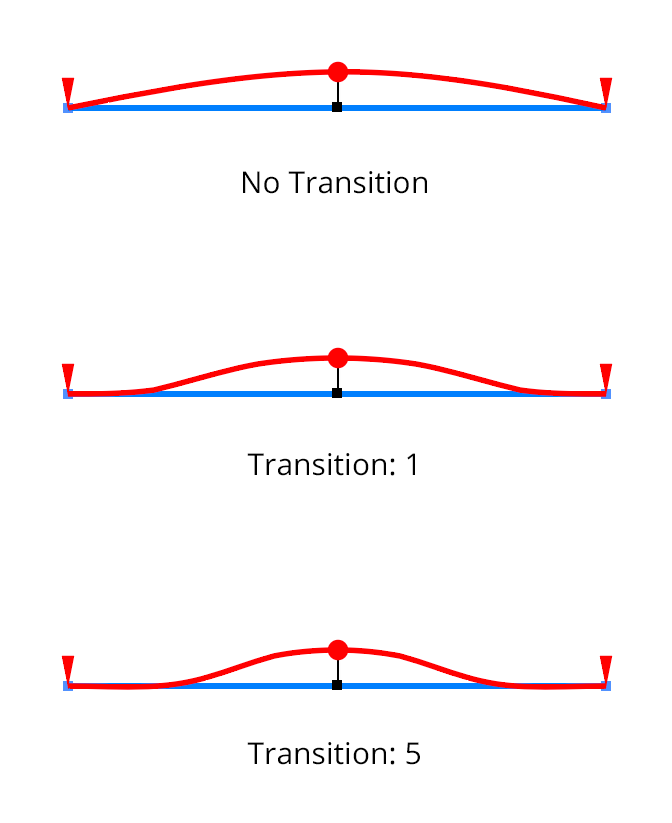
Reform Transition Overview
5. Sharp marker button
Toggles the selected markers between smooth and sharp (see above for explanation of different types). It also controls the type of any newly created markers.
6. Delete marker button
Removes all selected markers.
7. Mirror offset button
Changes the direction of the offset of all selected markers. This is the same as changing the sign of the offset value.
8. Swap marker direction button
Changes the position of all markers (selected or not) along the reshape extent. If, for example, a marker is located 1/5 of the way from the start to the end delimiter, swapping the direction will change it to be 1/5 of the way from the end to the start delimiter. Offset values are not changed.
9. Smart Joining button
10. Reset button
Cancels the reshape operation. The path remains unmodified. This can also be achieved by pressing the Esc key when the cursor is in motion.
11. Apply button
Finalizes the path reshape. This can also be achieved by pressing Return or Enter.
12. Flyout menu
Provides access to the preferences dialog, and allows saving and recalling of profiles (see below).
13. Panel banner
The help button on the right opens the help documentation in the Astute Manager. If this does not automatically appear, please ensure your Astute Manager is running first.
Click on the other area of the color bar to activate the Reform tool. This is a quick method of locating the tool within the default Advanced toolbar or a custom toolbar.
Looped Mode
When reshaping an entire closed path, delimiters are not necessarily helpful, because, in a sense, the path does not have a beginning and an end. In this case you may use Looped mode. In this mode, which is only applicable for closed paths, there are no delimiters. Instead, there is a special blue marker pair which is located at “point zero” along the path and cannot be moved or deleted. If point zero is smooth, the pair will appear as a single marker; if point zero is a corner point, the markers will appear separately. In either case, the pair's common length may be adjusted by dragging either of the blue markers to set the offset of the path at that point. Additional normal markers may be set at other positions along the path.
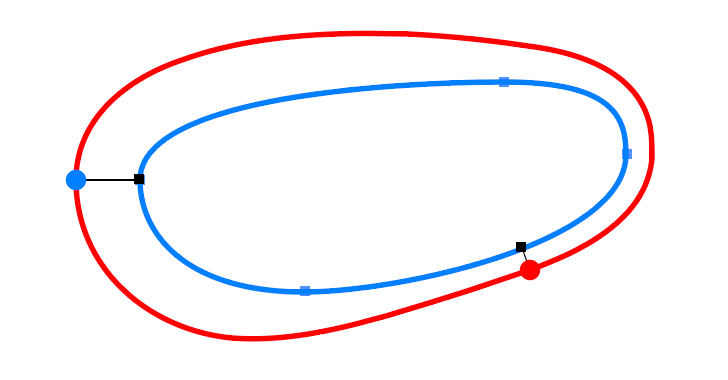
Reform Looped Mode
To enter looped mode on a closed path which is already being reshaped, double-click either one of the delimiters. To enter looped mode immediately when starting a new reshape, hold down Option/Alt when initially clicking or dragging the path.
Since the entire path is affected in looped mode, the Transition parameter is no longer applicable.
Constant Offsets
A common operation is to extend one section of a path by a uniform amount. You can achieve this by placing markers of equal offset value exactly on the start and end delimiters. To save time, you may quickly create a constant offset by holding down Shift-Option (Mac) or Shift-Alt (Windows) while initially dragging the path to create a new reshape:
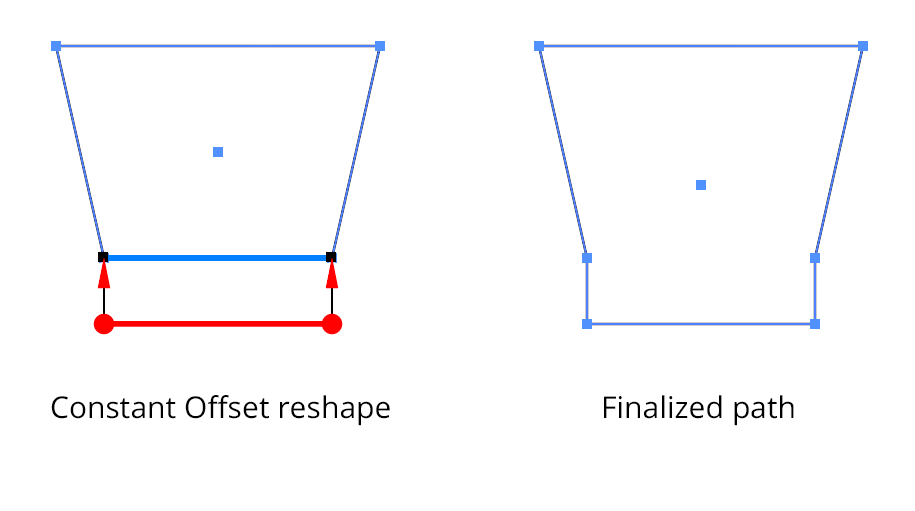
Reform Constant Offset Profiles
Smart Joining
In the example of the Constant Offset reshape, it is natural to want the offset path section to extend from the original path at its original angle. This is where “Smart Joining” provides a solution. With Smart Joining enabled (by clicking the button on the panel), Reform will, when possible, try and extend the path section while keeping the path's original angle:

Reform Smart Join Option
When dragging out a constant offset, you can toggle Smart Joining by pressing the S key. The Smart Joined extension is always straight, even if the path is curved.
Undo and Redo
Reform has an internal Undo/Redo system that keeps track of all changes as you refine the profile. If you move a marker, for example, but then want to put it back exactly where it was, you can simply undo your last change. Reform uses the keystrokes that Illustrator assigns to the tool commands “Decrease/Increase Diameter” to do this. By default, these are the left and right square bracket keys respectively ( [ and ] ), but these may be reassigned, as with any keyboard shortcut.
Resetting or applying a Reform profile clears the Undo/Redo history.
Saving and Recalling Profiles
"Profiles" (sequences of offset markers along a delimited extent) may be saved and recalled, so that multiple paths may be reshaped in the same manner. To save a profile, use the panel flyout menu when a reform operation is in progress and choose Save Profile... and give the profile a name. To apply an existing profile to a path, start editing the path with the Reform tool and (if necessary) move the delimiters to the desired positions. Then choose the desired profile from the panel flyout menu.
Note that parameters such as transition and clipping are not saved with the profile.
Profiles may be renamed or deleted by choosing Manage Profiles... from the panel flyout menu.
